Gardening can be an incredibly rewarding experience, but even the most enthusiastic gardeners can make mistakes that hinder plant growth and reduce yields. Whether you’re a beginner or have years of experience, certain common gardening mistakes can prevent your plants from reaching their full potential.
From overwatering and poor soil preparation to planting in the wrong location, small errors can lead to stunted growth, pest problems, and disappointing harvests. The good news? Most of these mistakes are easy to fix once you know what to look for!
In this article, we’ll uncover 9 common gardening mistakes you might be making—and, more importantly, how to fix them—so you can enjoy a healthier, more productive garden season after season.
Overwatering Your Plants
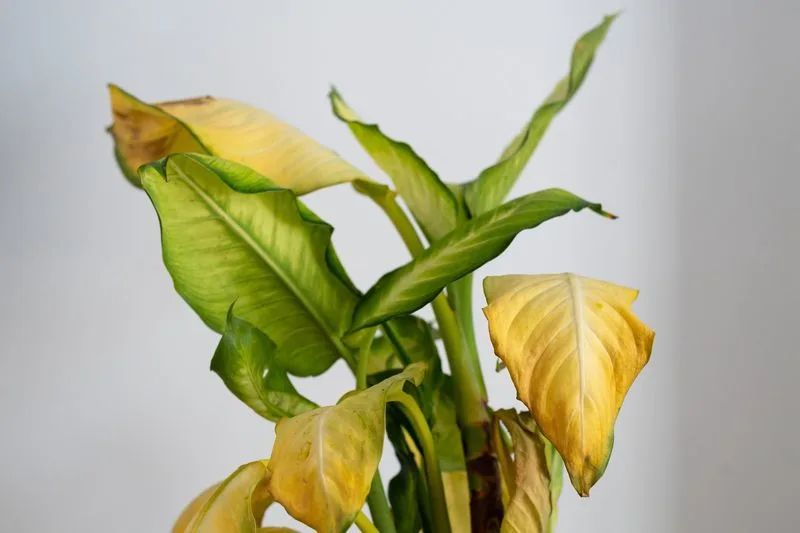
Too much love can drown your plants. Overwatering is a frequent mistake that suffocates roots and fosters fungal growth. Plants need water, but their roots also require oxygen. By allowing the soil to dry between waterings, you can prevent this common error. Check the soil’s moisture level by inserting a finger about an inch deep. If it feels dry, it’s time to water. Different plants have varied water requirements; research is key. Embrace a routine that caters to each plant’s specific needs, rather than a one-size-fits-all approach.
Ignoring Soil Quality
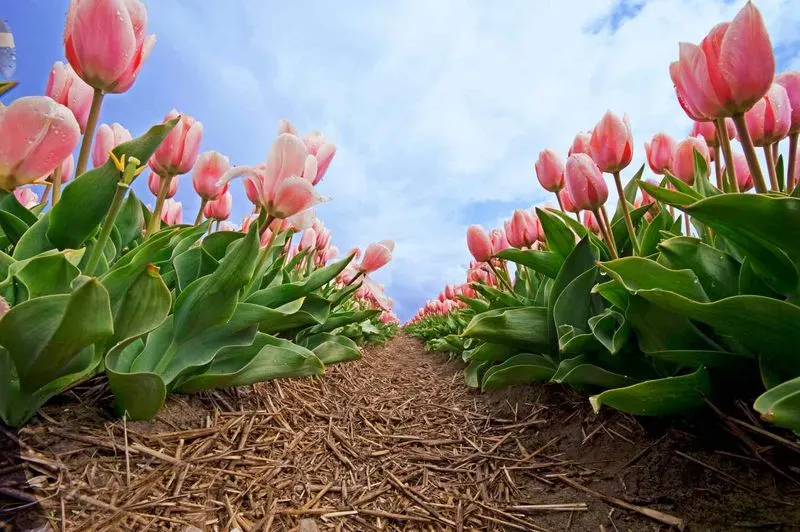
The foundation of any thriving garden is quality soil. Ignoring this aspect can lead to lackluster plant growth. Healthy soil is rich in nutrients and has good drainage capabilities. Conducting a soil test reveals its composition and deficiency, guiding your fertilization strategy. Add organic matter, like compost or aged manure, to improve soil structure. This boosts nutrient content and enhances water retention. Understanding your soil type helps you choose suitable plants, ensuring successful cultivation. Quality soil fosters robust roots, leading to vibrant growth and bloom.
Planting Too Close Together
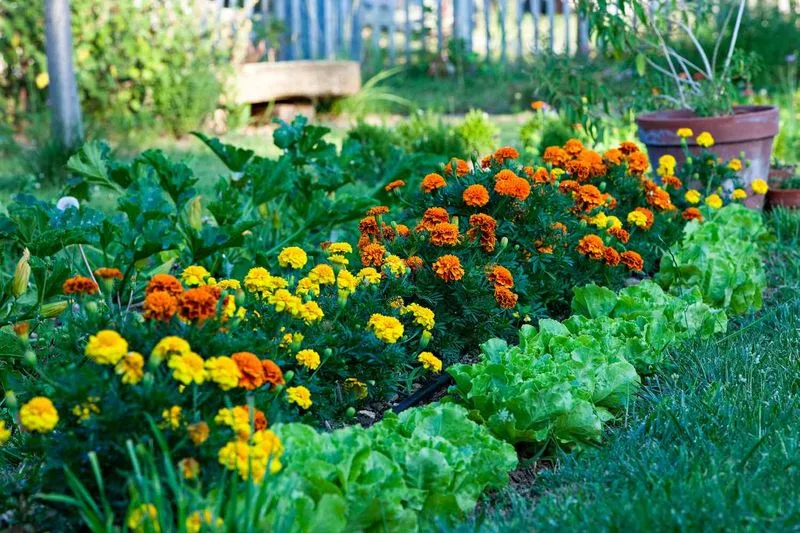
Space is essential for plants to thrive. Crowding them means competing for sunlight, nutrients, and air circulation. This can lead to stunted growth and increased susceptibility to disease. Proper spacing allows plants to maximize their growth potential and reduces fungal infections caused by poor air flow. Always check spacing requirements on seed packets or plant labels. A little room now can prevent issues later, ensuring healthier and more productive plants. Give your garden the room it needs to flourish by respecting these spacing guidelines.
Neglecting Pest Control
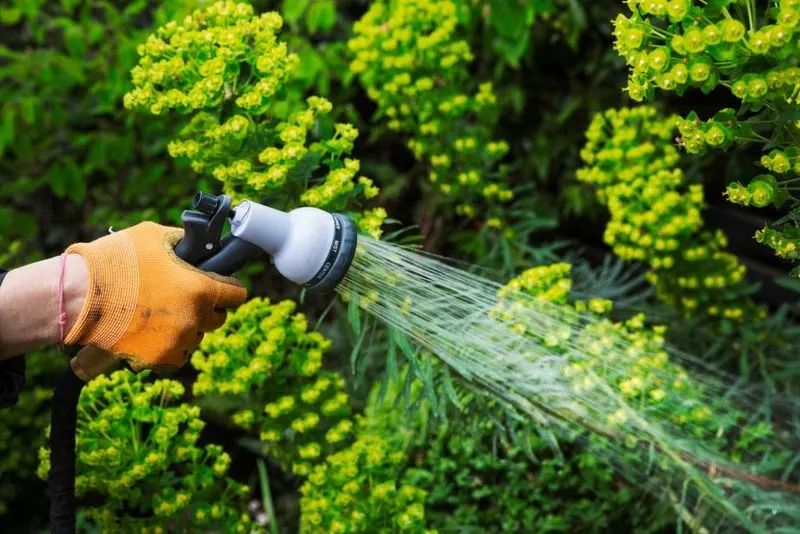
Pests can wreak havoc on a garden if left unchecked. Ignoring pest control means inviting trouble that can quickly escalate. Monitor plants regularly for signs of infestation, such as chewed leaves or discolored spots. Natural remedies like neem oil or insecticidal soap can effectively manage minor pest issues. For severe infestations, consult a gardening expert for tailored solutions. Early intervention prevents pests from gaining a foothold. Balancing a healthy ecosystem with beneficial insects also curbs pest populations, promoting a thriving garden environment.
Using Too Much Fertilizer
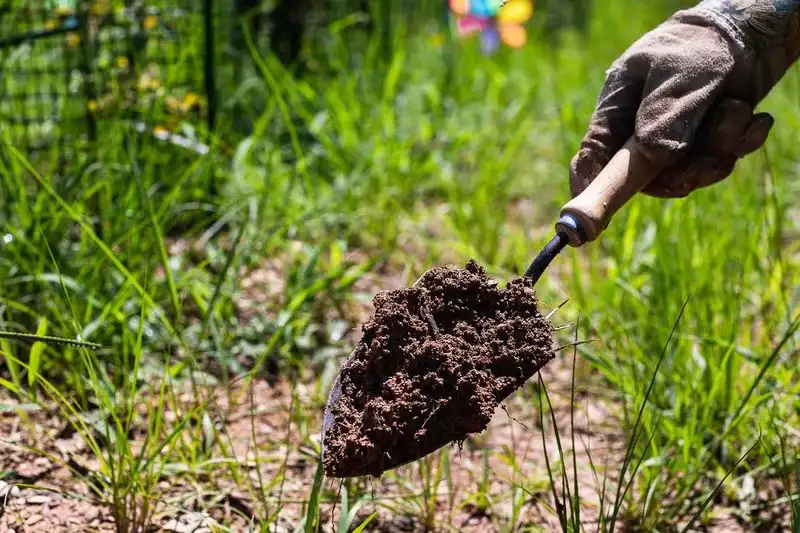
Fertilizer is good, but in moderation. Over-fertilizing can harm plants by burning roots and causing chemical imbalances. More is not always better; follow recommended application rates to ensure optimal plant health. Slow-release fertilizers provide nutrients over time, reducing the risk of over-application. Observe your plants; yellowing leaves can indicate nutrient overload. Regular soil tests help calibrate your fertilization strategy, matching plant needs without excess. Achieving a balanced nutrient supply promotes vigorous growth and reduces environmental impact on your garden.
Neglecting Seasonal Planting
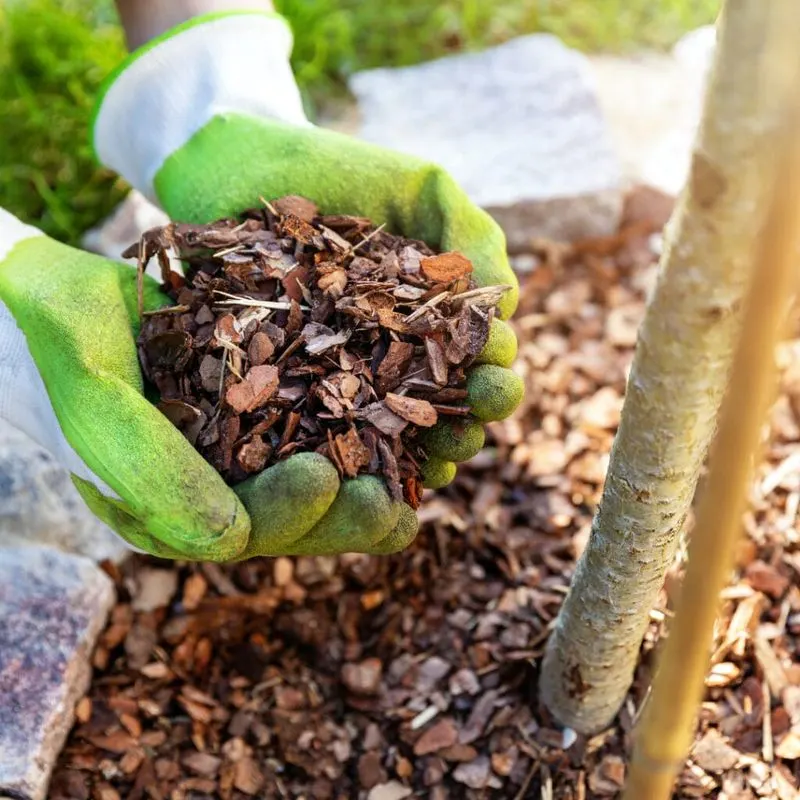
Timing is everything in gardening. Neglecting seasonal planting results in mismatched growth patterns and poor yields. Each plant has an optimal planting time based on its growth cycle and climate needs. Aligning planting schedules with seasonal changes ensures plants receive ideal weather conditions. A planting calendar helps manage this process, reminding you of key planting periods. Research local climate patterns for insights into the best planting windows. Following seasonal guidelines maximizes plant productivity, leading to a bountiful harvest.
Inadequate Sunlight Management
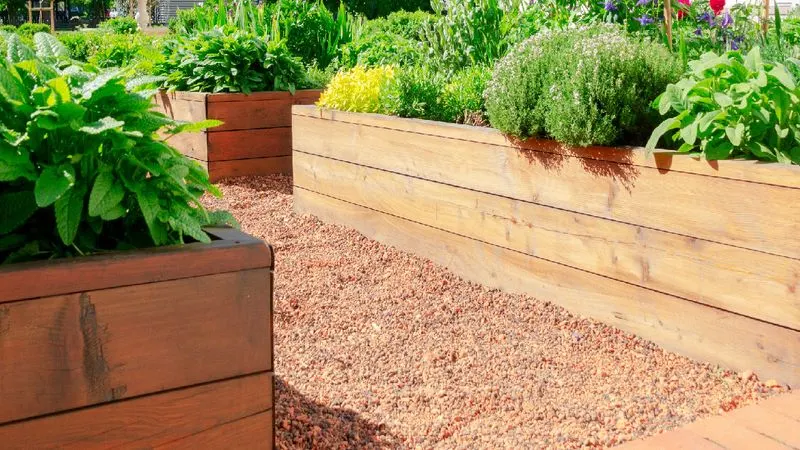
Sunlight is crucial for photosynthesis, and managing its access is vital. Placing sun-loving plants in shade stunts their growth, while shade-loving ones wilt in direct sun. Observe how sunlight moves across your garden throughout the day. Position plants according to their light needs, ensuring they receive appropriate exposure. Using tools like shade cloths or reflective surfaces can help manipulate light conditions. Thoughtful sunlight management fosters healthier plants and optimizes their growth potential, leading to a more successful garden.
Ignoring Pruning Needs

Pruning is an art that encourages growth and shapes plants. Ignoring it leads to overgrown, unruly gardens. Regular pruning removes dead or diseased branches, promoting healthier growth. It prevents overcrowding and allows light and air to circulate freely. Each plant has specific pruning requirements; research these to avoid damaging cuts. Proper tools ensure clean cuts, reducing the risk of infection. Pruning rejuvenates plants, enhancing their beauty and productivity. This practice is key to maintaining a well-tended, aesthetically pleasing garden.
Skipping Crop Rotation
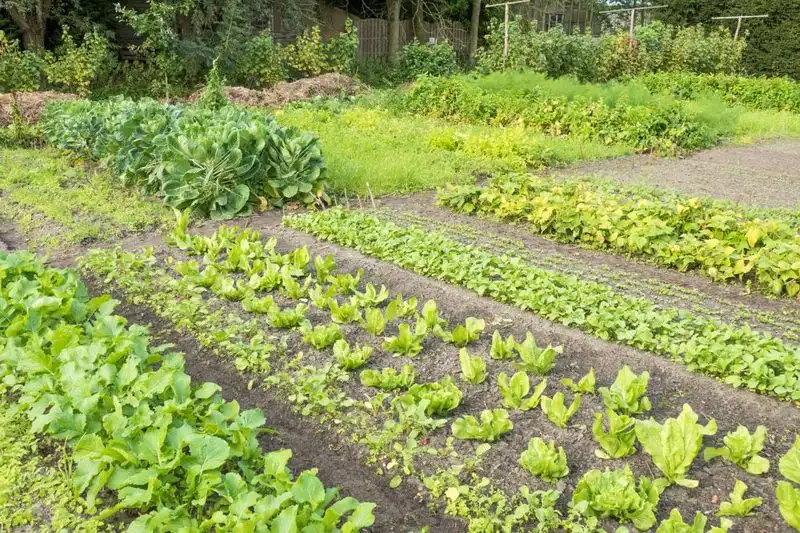
Crop rotation is a strategy that prevents soil depletion and controls pests. Skipping it allows diseases to establish and nutrients to deplete, affecting yields. Rotating crops disrupts pest cycles and enhances soil health. Group plants by family and rotate them annually to different garden sections. This practice reduces dependency on chemical fertilizers and pesticides. Keeping a garden journal aids in tracking rotations. Embracing crop rotation fosters sustainable gardening practices, leading to healthier and more productive gardens.

